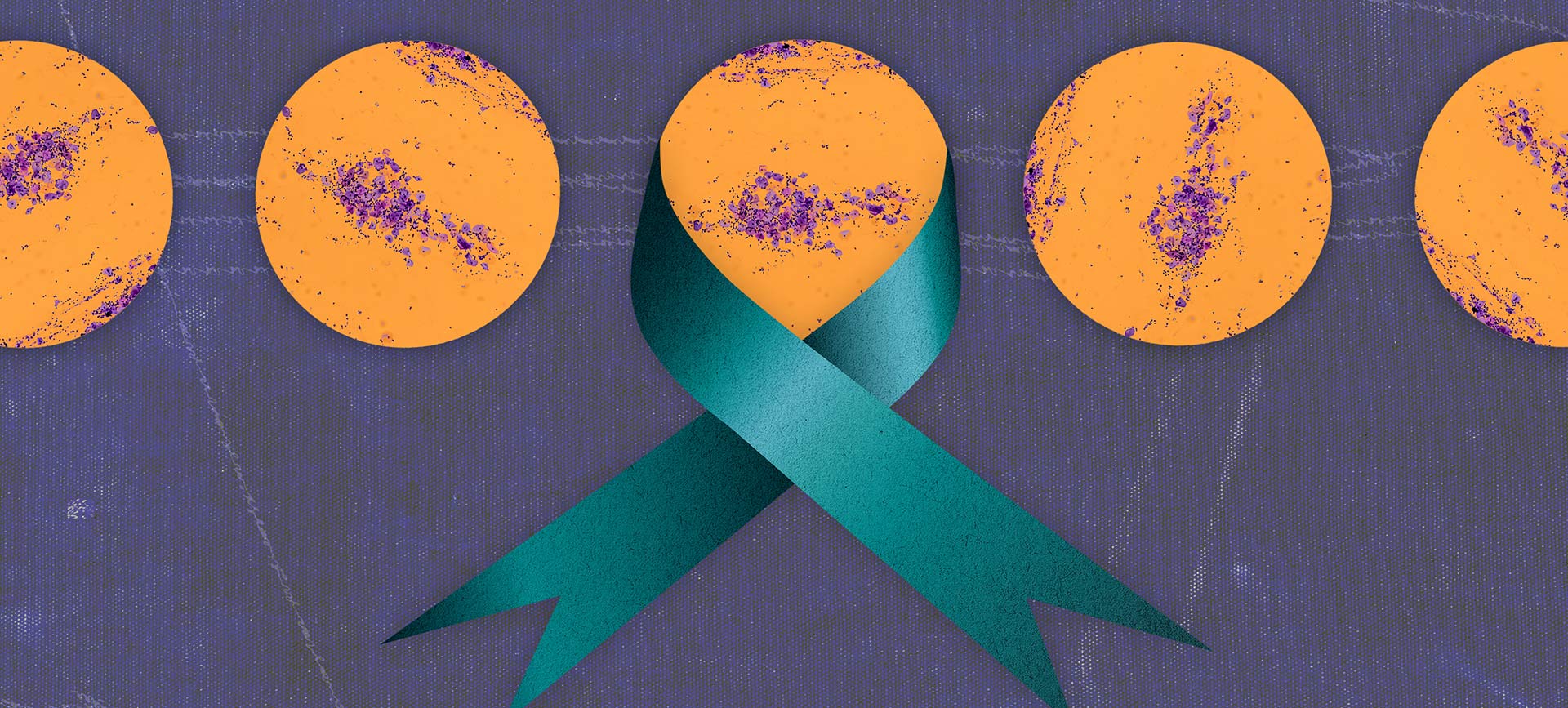Cervical cancer can often be detected early. Every year in the United States, about 13,000 cases of cervical cancer are diagnosed. In addition, about 4,000 women die from the disease each year, according to the Centers for Disease Control and Prevention (CDC).
It's important to note that women of color are affected at higher rates than their white counterparts. Hispanic women are more likely to be diagnosed, while Black women die at higher rates, according to the CDC.
Nearly all cases of cervical cancer could be prevented through universal use of the human papillomavirus (HPV) vaccine. Cases that do develop can be treated effectively through early detection and proper screening.
HPV, the most common sexually transmitted infection (STI), causes most cases of cervical cancer. The vaccine is recommended for boys and girls at ages 11 to 12. It's rare but possible to be diagnosed with cervical cancer without ever having HPV: About 5.5 percent to 11 percent of all cervical cancers are HPV-negative cases.
During the month of January, our intent is to facilitate a conversation about cervical cancer by publishing crucial information regarding the disease. We will discuss complications, diagnosis, how to support a loved one and treatment options.
As the new year begins, we want to highlight this preventable disease and also shine a light on the many aspects of managing and treating cervical cancer.











